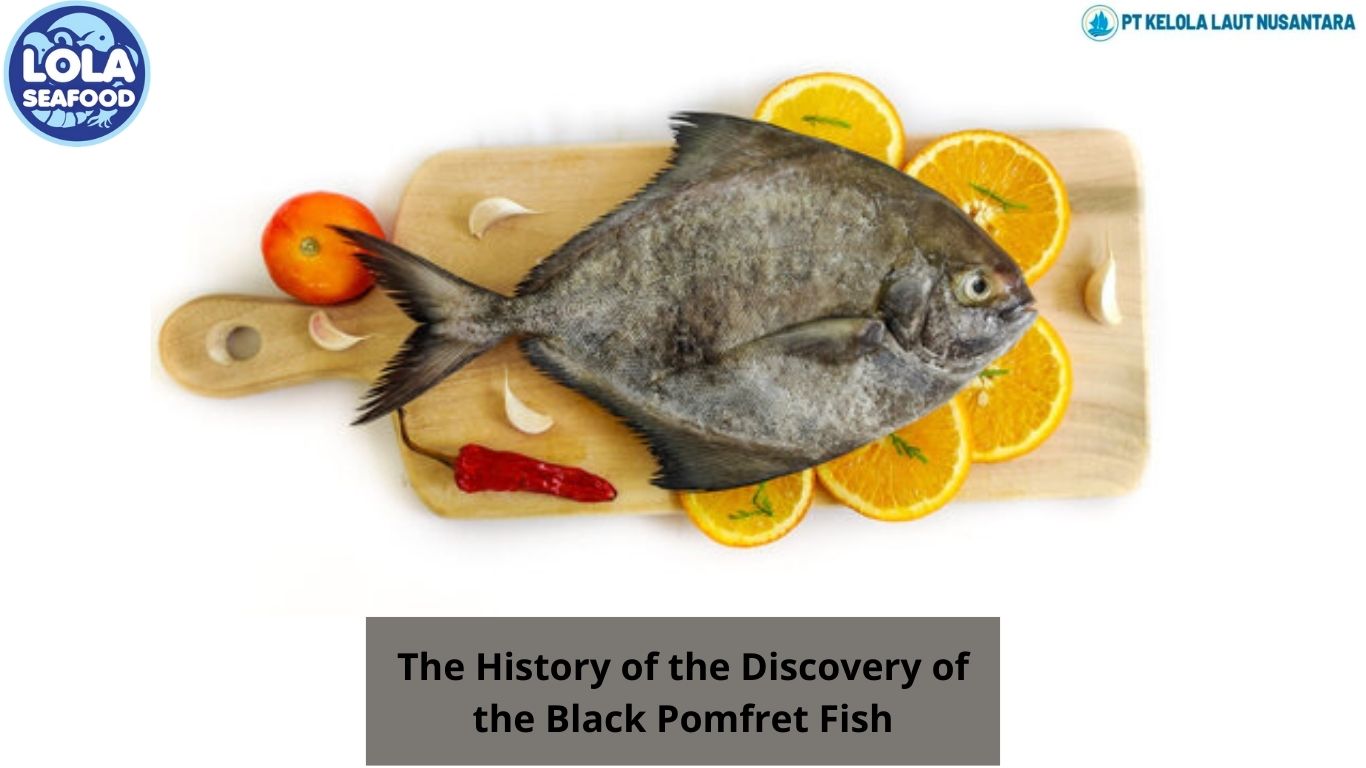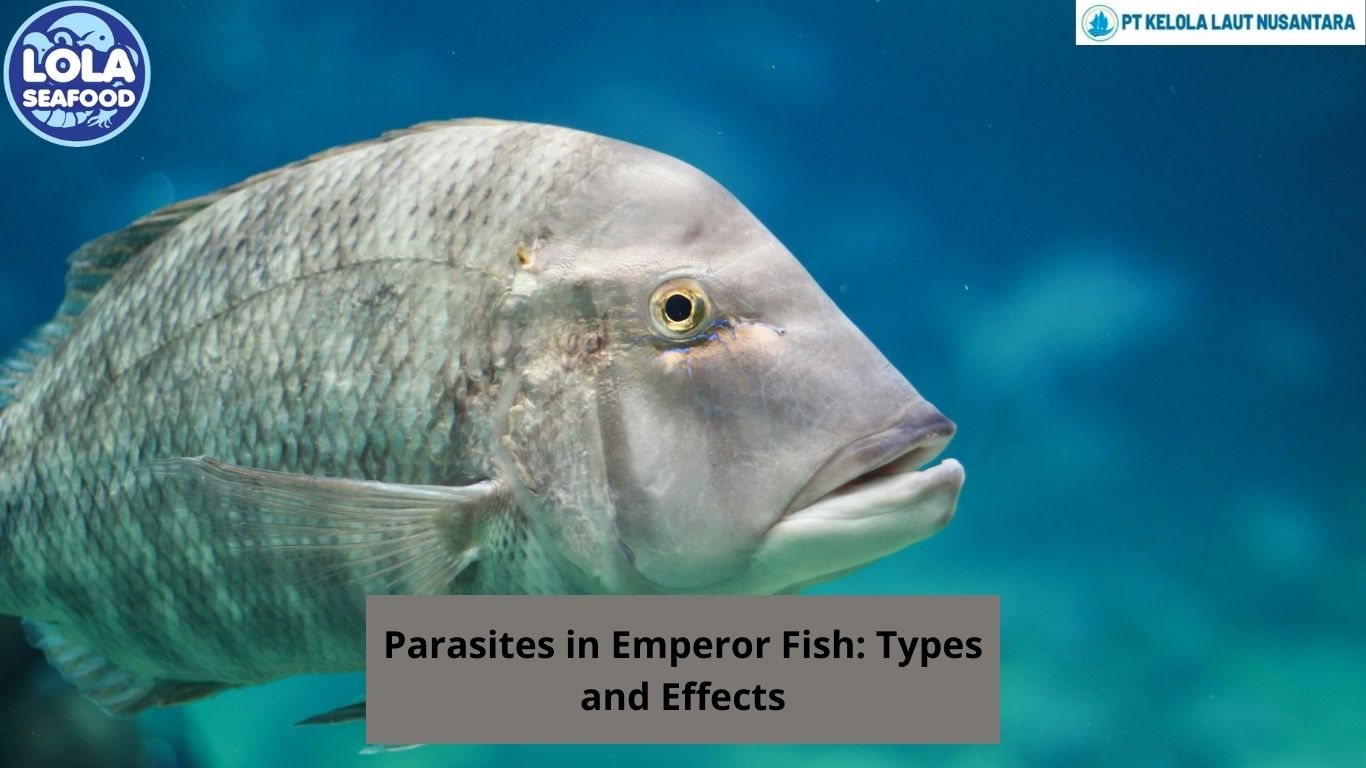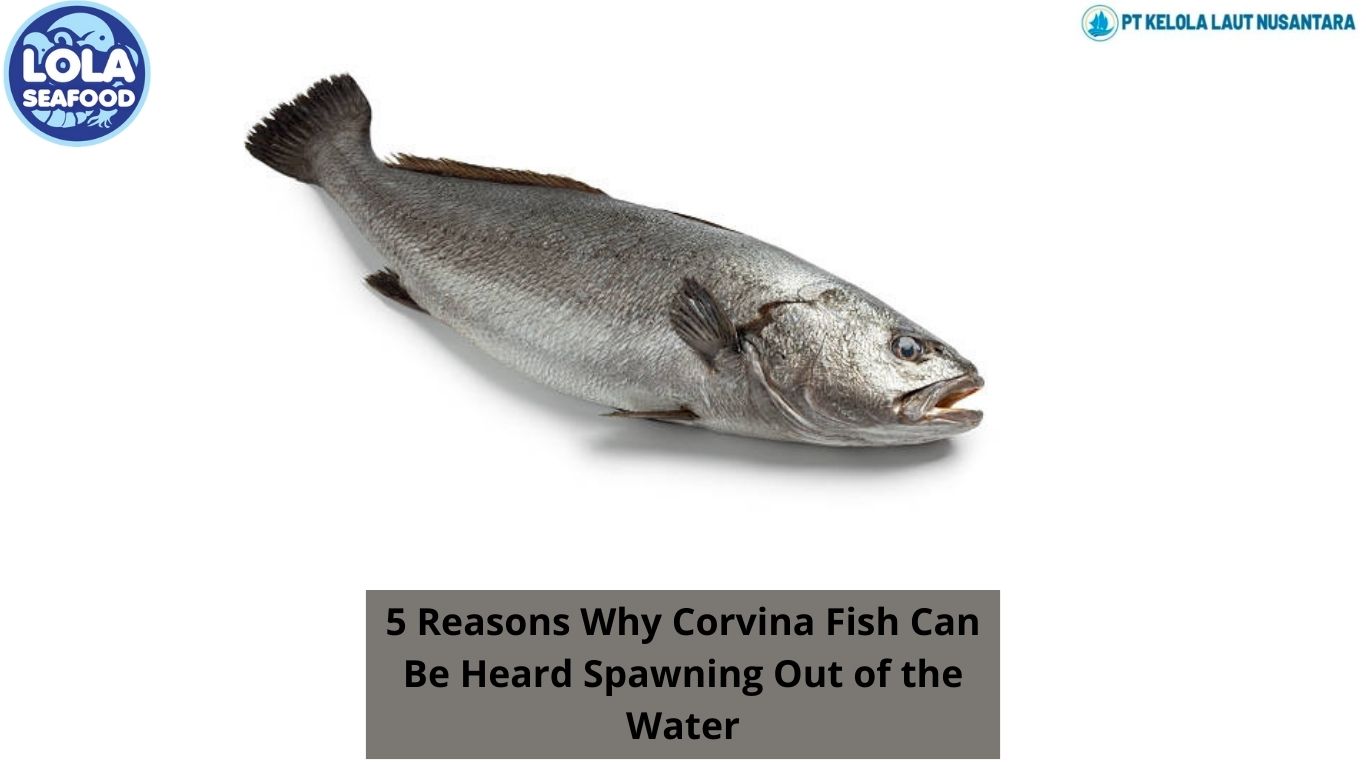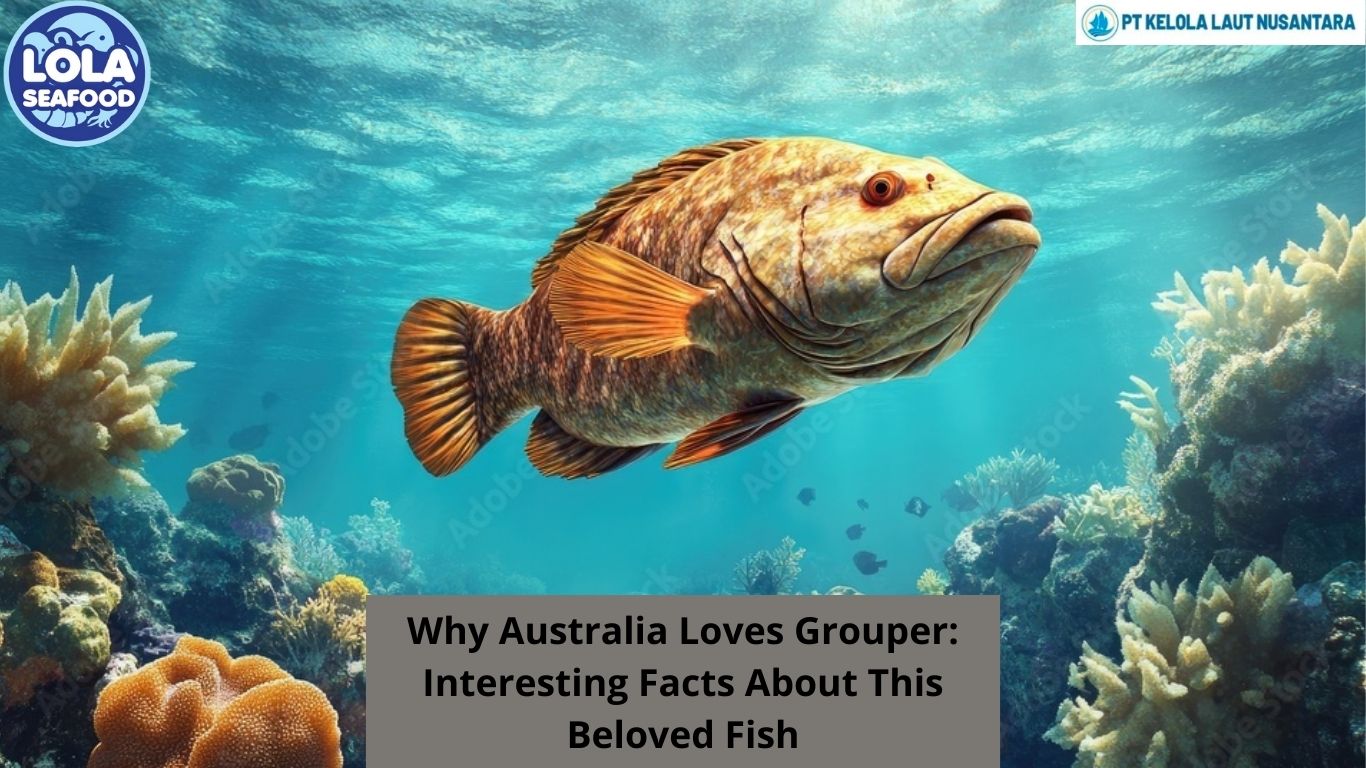Things to Learn About the Tomato Grouper
By. Ely Kusniawati - 14 Feb 2025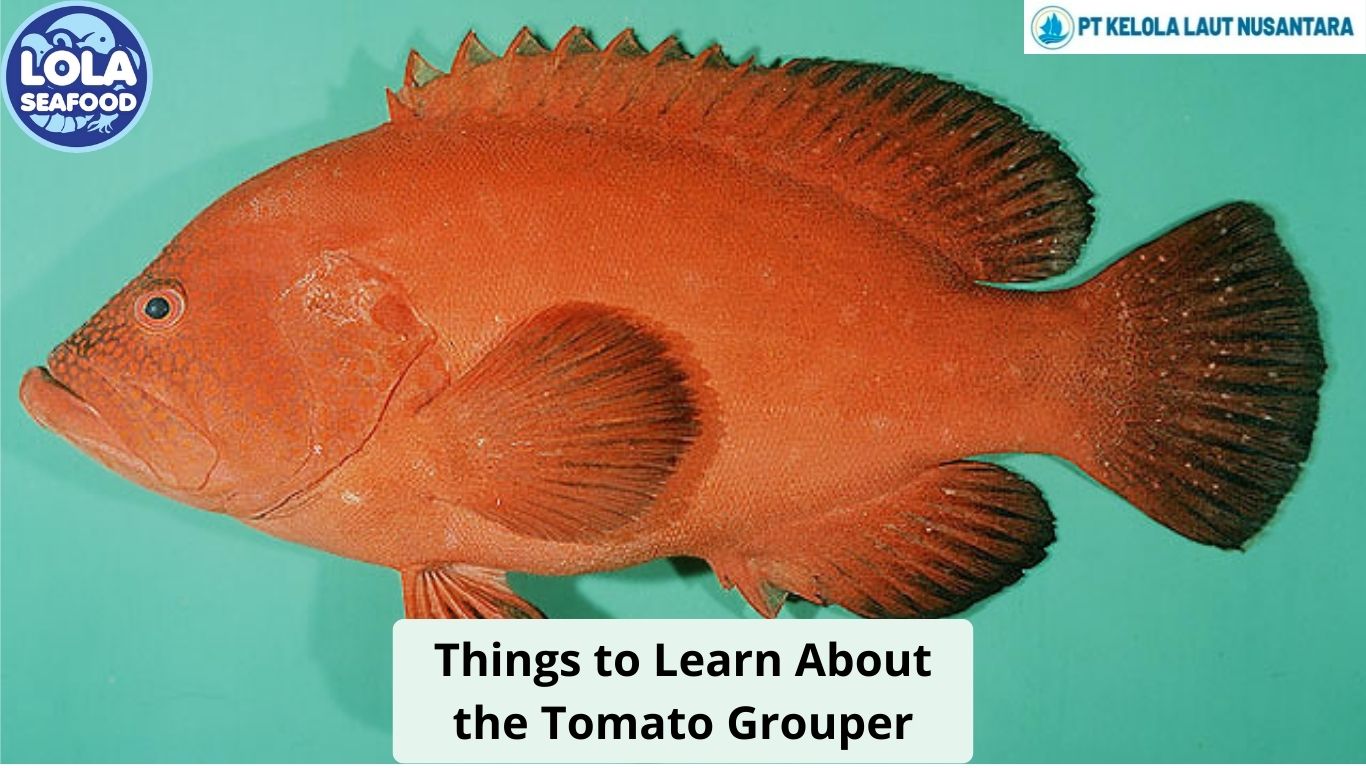
Kelolalaut.com The tomato grouper is a fascinating species of reef fish found in tropical waters across the Indo-Pacific region. Known for its vibrant coloration and role in marine ecosystems, this species is popular among divers, anglers, and marine biologists. If you're curious about the tomato grouper, here are some essential things to learn about it.
Physical Characteristics
The tomato grouper gets its name from its reddish-orange coloration, often with darker spots along its body. These markings help it blend into coral reefs and rocky habitats. It has a robust, elongated body with a large mouth, typical of groupers, which allows it to ambush prey efficiently. Juveniles tend to be brighter in colour, while adults develop deeper hues as they mature.
Habitat and Distribution
This species is primarily found in the Indo-Pacific region, including the waters surrounding East Africa, India, Southeast Asia, and northern Australia. It prefers coral reefs, rocky outcrops, and lagoons at depths ranging from 10 to 150 meters. The tomato grouper thrives in warm, tropical waters, often staying near reef structures where it can hide from predators and ambush prey.
Diet and Hunting Behaviour
Like most groupers, the tomato grouper is a carnivorous predator. It primarily feeds on small fish, crustaceans, and squid, using an ambush strategy to catch its prey. Groupers rely on their powerful jaws and suction-feeding technique to pull prey into their mouths. They are known to be solitary hunters, preferring to stay hidden in crevices before striking with incredible speed.
Reproduction and Lifecycle
The tomato grouper is a protogynous hermaphrodite, meaning individuals start their lives as females and later transition to males. This adaptation helps maintain healthy population dynamics within their habitat. During spawning seasons, they form temporary mating groups, where dominant males fertilize the eggs released by females. The larvae drift with ocean currents before settling into reef environments, where they grow into juveniles and eventually adults.
Ecological Importance
As an apex predator in reef ecosystems, the tomato grouper plays a crucial role in maintaining balance by controlling populations of smaller fish and crustaceans. This helps prevent overpopulation of certain species, which could otherwise disrupt coral reef health. Their presence in marine environments is an indicator of reef stability and biodiversity.
Fishing and Conservation Status
The tomato grouper is targeted by both commercial and recreational fisheries, especially in Southeast Asia. It is valued for its firm, white flesh, making it a popular choice in seafood markets and restaurants. Unfortunately, overfishing and habitat destruction have led to concerns about declining populations in some areas.
While not currently classified as endangered, sustainable fishing practices and marine conservation efforts are crucial to ensuring their long-term survival. Many regions have implemented marine protected areas (MPAs) and fishing regulations to help preserve their populations.
The tomato grouper is a striking and ecologically important fish species found in tropical reefs. With its bright coloration, ambush-hunting skills, and fascinating reproductive cycle, it is an intriguing subject for marine enthusiasts. Understanding its role in reef ecosystems and promoting sustainable fishing practices can help ensure that this species thrives for generations to come.
If youre interested in our Grouper Fillet Skinless, Grouper Black Dotted Whole Round, and Grouper Fillet Portion Cut please do not hesitate to contact us through email and/or whatsapp
